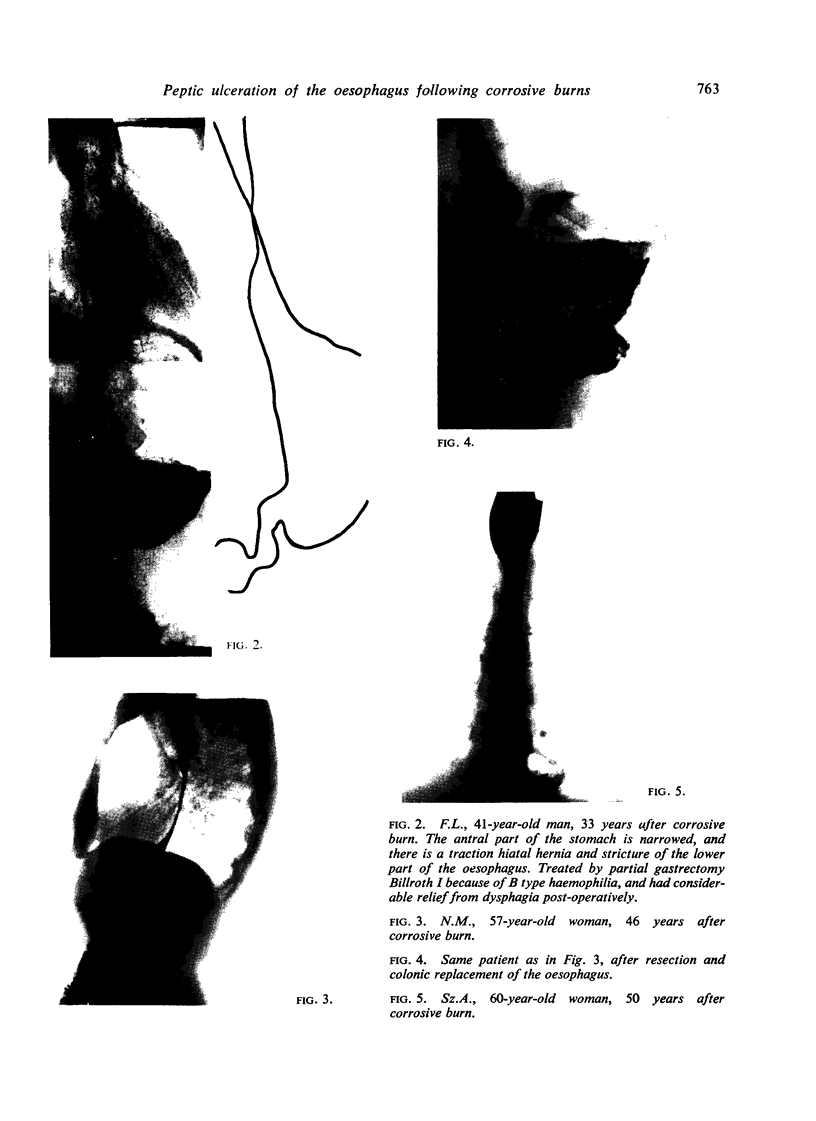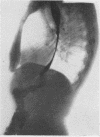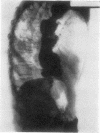Abstract
Ten cases of combined corrosive and peptic strictures of the oesophagus have been described. The peptic stricture of the oesophagus occurred 20 to 50 years after the corrosive burn. The authors believe that the hiatal hernia was due to the contraction of the fibrotic wall of the oesophagus, and therefore they prefer to call it a traction hiatal hernia. The operation of choice in these cases is the resection of the fibrotic oesophagus and replacement by jejunal loop or colic segment. There has been no mortality in this series of 10 patients.
Full text
PDF


Images in this article
Selected References
These references are in PubMed. This may not be the complete list of references from this article.
- ALLISON P. R. Reflux esophagitis, sliding hiatal hernia, and the anatomy of repair. Surg Gynecol Obstet. 1951 Apr;92(4):419–431. [PubMed] [Google Scholar]
- ALLISON P. R., WOOLER G. H., GUNNING A. J. Esophagojejunogastrostomy. J Thorac Surg. 1957 Jun;33(6):738–748. [PubMed] [Google Scholar]
- BARRETT N. R. Chronic peptic ulcer of the oesophagus and 'oesophagitis'. Br J Surg. 1950 Oct;38(150):175–182. doi: 10.1002/bjs.18003815005. [DOI] [PubMed] [Google Scholar]
- BELSEY R. RECONSTRUCTION OF THE ESOPHAGUS WITH LEFT COLON. J Thorac Cardiovasc Surg. 1965 Jan;49:33–55. [PubMed] [Google Scholar]








